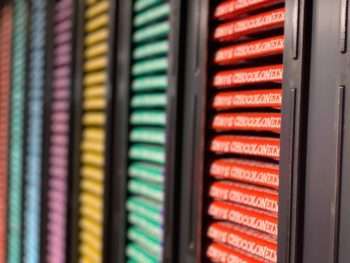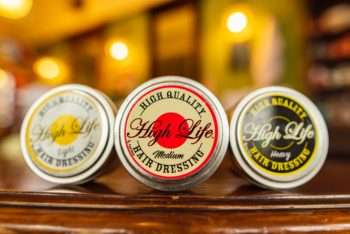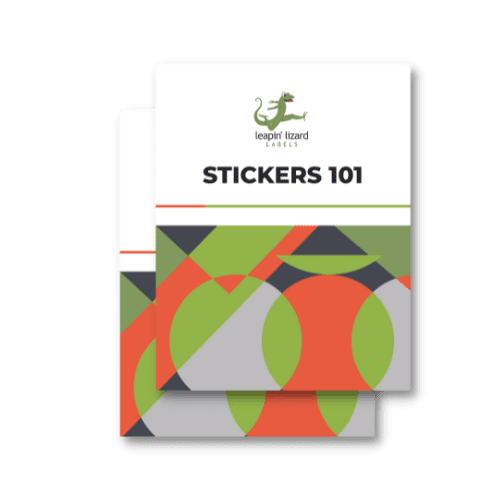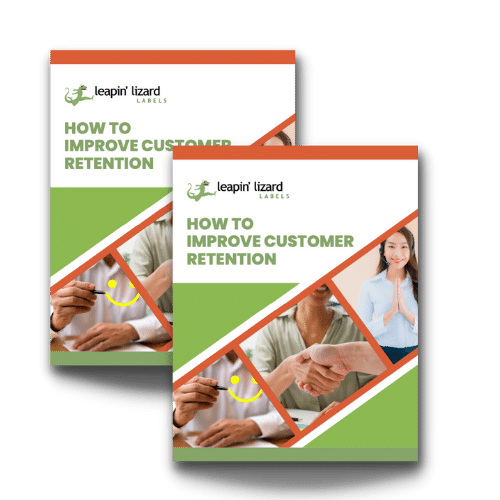When you put a product on the shelves, it’s likely that you’ll be surrounded by competitors. So how do you make your product stand out? How do you capture the curiosity of your potential clientele? One technique that corporations employ is to utilize color psychology in their packaging, product labeling, and branding. The theory is that the right color or color combination can help attract clients to their product. This idea leaves us with a new set of questions: How can you use color theory to improve product sales? What is the right color scheme for my product line? Let’s delve a bit deeper into what color psychology is, and how it can be employed to increase the appeal of your project to improve sales.
What Is Color Psychology?
Put simply, color psychology is the study of how color perception can have an impact on the brain. While that’s simple enough, studies in color psychology have shown us that each individual has their own perception of how colors make them feel. However, there are some patterns that have been revealed by various studies that have been completed. It’s these patterns that companies can rely on to improve their bottom line.
Color Psychology Patterns
The article Color Psychology: How Colors Influence the Mind, from Psychology Today, outlines a few patterns which may prove useful for marketing purposes. In the article, author Gregory Ciotti notes an important pattern: “The relationship between brands and color hinges on the perceived appropriateness of the color being used for the particular brand (in other words, does the color “fit” what is being sold). ” According to Ciotti, product labels and packaging should be “appropriate” for the product itself. Ciotti, also notes that this appropriateness can be considered a product’s “personality.” Ciotti continues, “[The] purchasing intent is greatly affected by colors due to the impact they have on how a brand is perceived. This means that colors influence how consumers view the “personality” of the brand in question.”
So, a successful marketing campaign will include packaging with a color scheme that works well with the so-called personality of the product, inspiring trust in consumers. For example, a consumer may be more trusting of a dish soap packaged in a clear bottle with a blue label; the blue label can appear to have a sanitary quality, and the clear bottle shows that there’s nothing to hide. Meanwhile, dark chocolate may best be packaged in dark brown paper, enticing potential clients to think about its delicious contents. On the other hand, if you packaged dish soap in a dark brown bottle, it can be off-putting for potential clients. Ciotti recommends that companies stick to branding that fits its products, he suggests picking the “right” color.

In addition, Ciotti covers studies that speak about successful branding, in addition to appropriate packaging and product labels. Ciotti states, “Additional studies have revealed that our brains prefer recognizable brands, which makes color incredibly important when creating a brand identity. It has even been suggested that it is of paramount importance for new brands to specifically target logo colors that ensure differentiation from entrenched competitors (if the competition all uses blue, you’ll stand out by using purple).”
So, it is powerful to maintain a recognizable brand if you’re already a household name. And it may be wise to size up the competition, and go in a new direction if you’re trying to break into the market. Consider design elements that other manufacturers don’t have. Consider colors that aren’t already present on the shelves. If you produce dark chocolate, and all of your competitors have dark brown product labels and cursive text, then it might be advantageous to go with a rich dark purple packaging and a gold brand and product name.
On a side note, it may also be prudent to A/B test your product packaging by swapping out colors and designs from time to time. Check out our article, How to A/B Test Your Product Packaging, for tips on how to do just that.
Print the Perfect Product Label
Here at Leapin’ Lizard Labels, we know that the right label can have a huge impact on your sales. We’re here to ensure that you end up with the best design and the best label to fit your product and branding. If you’re curious about our labels, our label materials, or our printing process, or if you’re eager to print new labels for your products, please don’t hesitate to get in touch with us!




